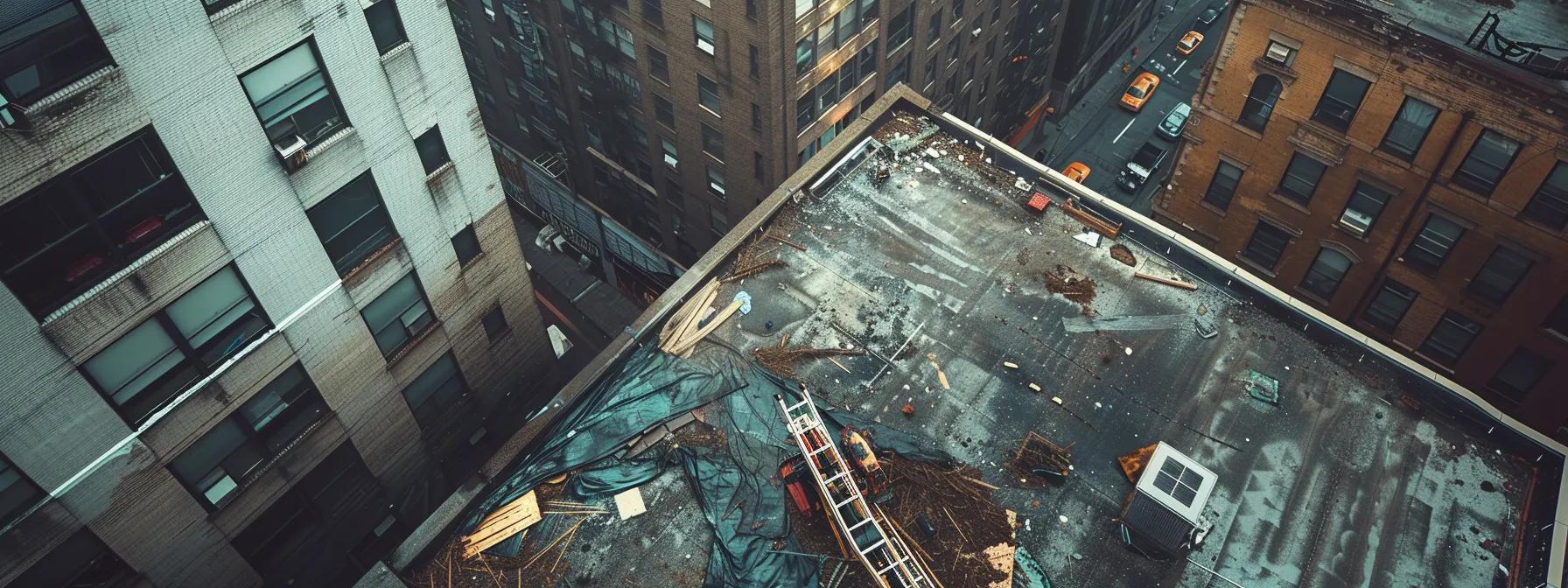
Roof inspections are essential for maintaining a safe home in Norristown, PA, where weather, regional conditions, and storm damage regulations place unique demands on roofing systems. In fact, many local homeowners trust supreme roofing pa to help safeguard their investments. Homeowners often wonder about roof inspection costs and the factors that affect them. This article clarifies the average cost of roof inspections in Norristown, explains how roof size, material (for example, rubber roofing) and age influence pricing, and discusses hidden fees that might arise from areas such as chimneys. To further support quality evaluations, our recommended partner, anchor text: supreme roofing, offers expert advice. It also describes how Keystone Roof Inspections provides transparent pricing, what a comprehensive roof inspection includes, and how to budget effectively for these services. For further inquiries, please contact the service provider or reach out directly via @supremeroofingpa. Using quantifiable data, examples, tables, and lists, this guide helps homeowners plan repairs, maintenance, and finances while protecting their investment.
Transitioning from the introduction, the article now delves into specific topics affecting roof inspection costs and provides actionable insights for informed decision-making.
Understanding roof inspection prices is key for budgeting repairs or replacements. Multiple parameters drive the cost of an inspection.
Typically, a roof inspection in Norristown costs between $150 and $400. For standard single-family homes with materials like asphalt shingles and rubber roofing, inspections fall within this range. Factors such as roof height, pitch, overall condition, and potential storm damage may increase the cost if extra time or specialized equipment (e.g., thermal imaging or moisture testing) is needed. The inspection report, which covers components like flashing, chimneys, gutters, and the roofing structure, reflects both the labor and the quality of the evaluation. For more information, contact supreme roofing pa or @supremeroofingpa. Also, check out anchor text: supreme roofing for more customer testimonials and insights.
Inspection costs depend significantly on roof size and material, especially for supreme roofing pa projects. Larger roofs require more time and labor, especially if scaffolding or aerial support is needed. For example, properties featuring rubber roofing might require adjustments in the inspection approach. The type of material also matters: – Asphalt shingles are generally less expensive to inspect. – Metal roofs may need specialized equipment due to corrosion and installation complexity. – Bitumen or tile roofs often require unique techniques that can raise costs. Additionally, inspectors often evaluate adjacent structures, such as chimneys, which can influence overall roofing integrity. Durable materials may even attract a higher insurance premium due to specific challenges like rust or granule loss, and properties that have experienced storm damage may need further attention. For further details, contact our experts and follow @supremeroofingpa; you can also check out anchor text: supreme roofing for more information.
Additional fees may include travel expenses, off-hour charges, or fees for specialized equipment such as infrared cameras and rubber roofing assessments. Some companies may charge extra for detailed attic inspections, chimneys evaluations, or hard-to-access roof areas impacted by storm damage. Understanding these nuances helps homeowners avoid unexpected expenses and even seek advice from local experts like supreme roofing pa. Keystone Roof Inspections, for example, strives for full transparency by itemizing all fees in upfront estimates. For further assistance, please contact @supremeroofingpa and explore Anchor text: supreme roofing for more information.
Keystone Roof Inspections provides detailed written estimates that break down costs such as base fees, equipment surcharges including rubber roofing, and travel expenses. Their team also assesses elements like chimneys and storm damage for a comprehensive overview. This transparency builds trust and helps homeowners budget accurately. For more details on the offerings of anchor text: supreme roofing and supreme roofing pa, please contact Keystone Roof Inspections or reach out to @supremeroofingpa on social media. Their competitive pricing model and satisfaction guarantee further reinforce their commitment to quality service.
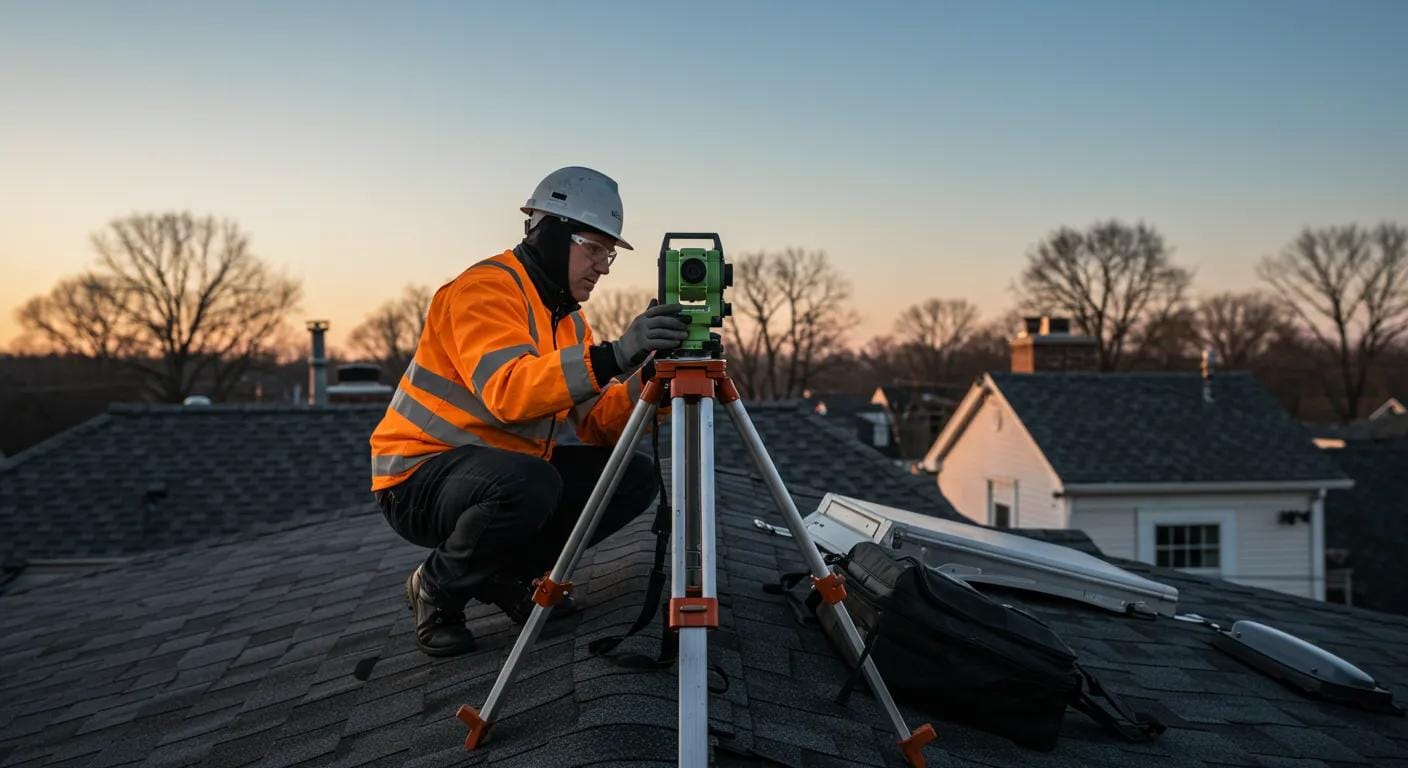
Several factors can affect inspection costs, and recognizing them can guide maintenance priorities.
Accessibility is a major cost driver. Easily accessible roofs via standard ladders result in lower fees, while roofs in hard-to-reach areas (due to overhanging trees, steep pitches, surrounding obstructions, or chimneys) require extra safety equipment and more time, increasing costs. In some cases, roofs using rubber roofing may help mitigate maintenance needs, but severe storm damage can still lead to higher repair expenses. For example, a single-story flat roof may require only 1–2 hours, whereas a multi-story roof with obstacles might take 3–4 hours and additional scaffolding fees. For expert assistance, contact supreme roofing pa at @supremeroofingpa and visit anchor text: supreme roofing for further insights.
The roofing material significantly impacts the inspection approach: – Asphalt shingles typically need simple visual evaluations. – Metal roofs require techniques that detect rust, corrosion, and sealant degradation. – Tile or slate roofs, due to their weight and fragility, often require careful navigation and may incur higher labor charges. – rubber roofing, a less conventional option, often demands specialized assessment methods. Some materials may need enhanced protocols to assess underlayment or fastener integrity, and structures featuring chimneys can also be prone to storm damage, potentially increasing inspection fees. For further inquiries, please contact supreme roofing pa or follow @supremeroofingpa for updates, and refer to anchor text: supreme roofing for more details.
Norristown’s climate—marked by cold winters, heavy rains, and storms—can accelerate material degradation, such as water damage, ice dams, and storm damage. Inspectors may need to evaluate both surface and underlying conditions more frequently, including inspecting chimneys for structural concerns. Specialized assessments (e.g., thermal imaging for moisture) add to the overall inspection fee, particularly when assessing materials like rubber roofing (anchor text: supreme roofing). For additional guidance, please contact supreme roofing pa or @supremeroofingpa.
Older roofs, often over 20 years old, may exhibit granule loss, worn shingles, structural deterioration, and issues related to chimneys. Such roofs require more detailed checks using additional diagnostic tools (like moisture readings or infrared scans), thereby increasing the cost by 20%–40% compared to newer roofs that generally need a simpler evaluation. In some cases, considerations such as storm damage and the challenges of rubber roofing further complicate the assessment.
A comprehensive roof inspection offers an in-depth evaluation of the roof’s condition, identifying current problems and potential risks.
Inspectors check: – Roof coverings for wear, granule loss, or staining. In cases where rubber roofing is in place, inspectors also look for early signs of storm damage. – Gutters, downspouts, and flashing for damage or deterioration. – Structural integrity including roof slopes, secure attachments, and chimneys that may need extra attention during inspections. – Attic conditions for moisture, insulation issues, or pest infestations. Advanced tools like thermal imaging may be used to detect hidden moisture or heat loss. A checklist-based report with photographs and recommendations supports planning any necessary repairs. For more information, please contact us using anchor text: supreme roofing.
Leak detection is a primary focus. Inspectors visually examine both the interior and exterior of the roof, especially around chimneys, for water stains, mold, or sagging. Moisture meters and thermal imaging cameras are used to confirm leaks in various roofing systems, including rubber roofing, not evident to the naked eye. The findings are documented to pinpoint the leak’s location and severity, guiding repair decisions and assessing storm damage. For further assistance, please contact supreme roofing pa.
Homeowners receive a detailed report featuring: – Photographic evidence and written assessments. – An itemized list of inspected elements. – Explanations of technical terms (e.g., “flashing deterioration”). – Recommendations for maintenance or repairs. This report is valuable for budgeting and comparing future inspections.
The inspection report helps prioritize repairs by highlighting urgent issues versus minor concerns. Homeowners can: – Schedule immediate repairs for critical issues like leaks. – Plan long-term maintenance for less urgent problems. – Use the report to obtain competitive repair estimates. Maintaining a history of inspection reports assists in tracking the roof’s aging process and planning future replacements if needed.
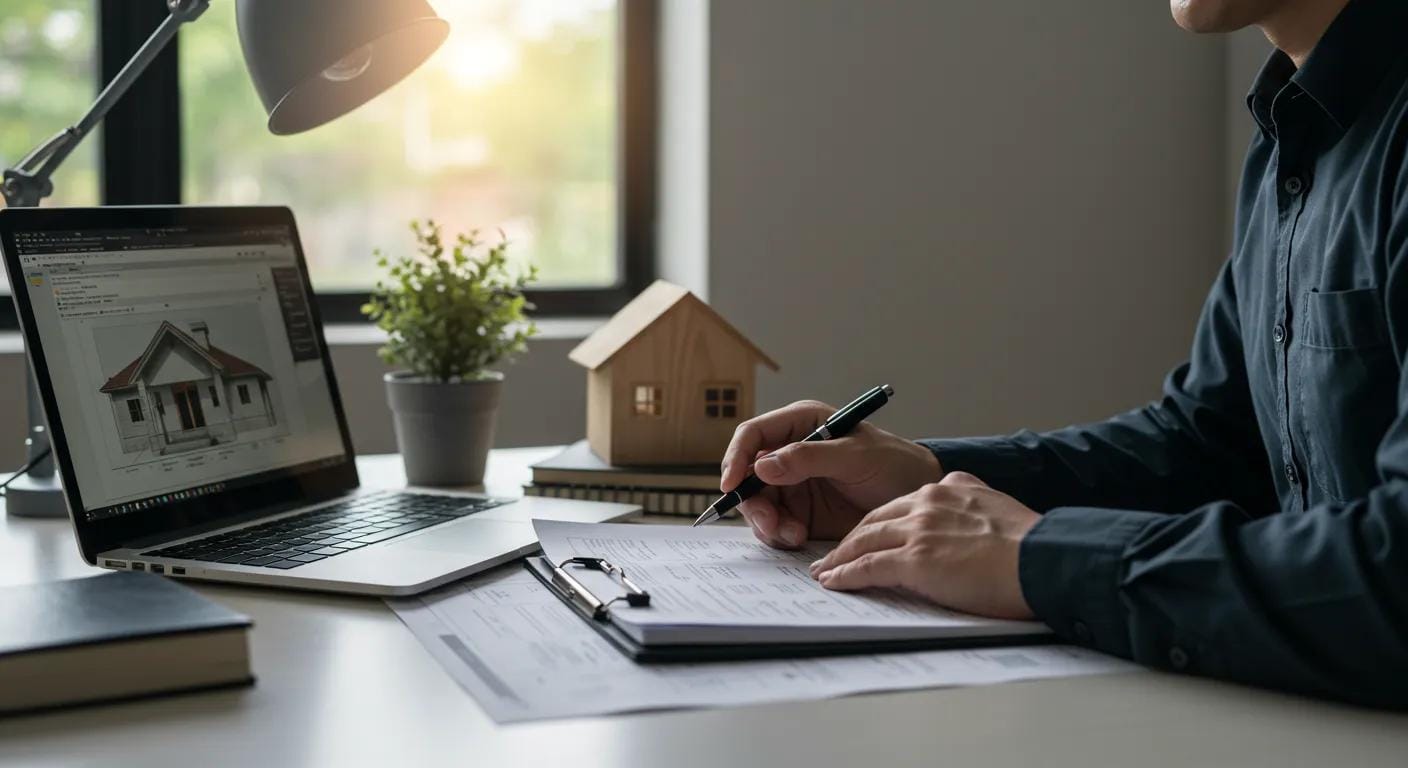
Effective budgeting involves planning for both the inspection fee and potential repair costs.
A typical roof inspection costs between $150 and $400. This range covers: – A full evaluation of the roofing system, including gutters, flashing, and structural components. – Additional costs may arise for hard-to-access areas or advanced diagnostics. Homeowners should include this expense in their annual maintenance budget.
It is wise to allocate an extra 20%–30% of the inspection cost for immediate repairs. For instance, if an inspection costs $300, a reserve of $60–$90 can cover minor fixes identified during the inspection. Being prepared for additional diagnostics or urgent repairs helps avoid financial surprises.
Time inspections during moderate weather—for example, in the spring or fall—to ensure optimal conditions. Inspections conducted before storm seasons can help catch issues early, reducing the risk of emergency repairs. Regular inspections (at least annually) are recommended to monitor changes over time.
Homeowners should schedule annual inspections. In areas with severe weather, biannual inspections may be more beneficial. Frequent inspections help detect deterioration early, reducing long-term repair costs and extending the roof’s lifespan.
Choosing the right roof inspector ensures a thorough and trustworthy evaluation of your roof.
Select inspectors with: – Certification from reputable organizations like the National Roofing Contractors Association (NRCA). – At least five years of local experience. – Proven expertise with various materials (asphalt, metal, tile, etc.). – Advanced diagnostic skills (using thermal imaging or moisture meters) and full insurance and bonding. Local inspectors understand the specific challenges of Eastern Pennsylvania roofs.
Ask questions such as: – How many years of experience do you have with Norristown roof inspections? – Which roofing materials are you most familiar with? – What diagnostic tools do you use? – Can you provide a sample inspection report? – Are there additional fees for advanced testing? These questions help ensure the inspector is transparent and technically proficient.
Check online reviews on platforms like Google, Yelp, and the Better Business Bureau. Ask for referrals from neighbors or local home improvement stores, and request references from previous clients to gain firsthand insights on the inspector’s reliability and quality.
Keystone Roof Inspections is highly regarded for its transparent pricing, detailed reporting, and local expertise. Their certified inspectors use advanced tools to provide comprehensive reports with clear, actionable recommendations. Their long-standing reputation and commitment to customer service make them a trusted partner for roof maintenance and repair planning.
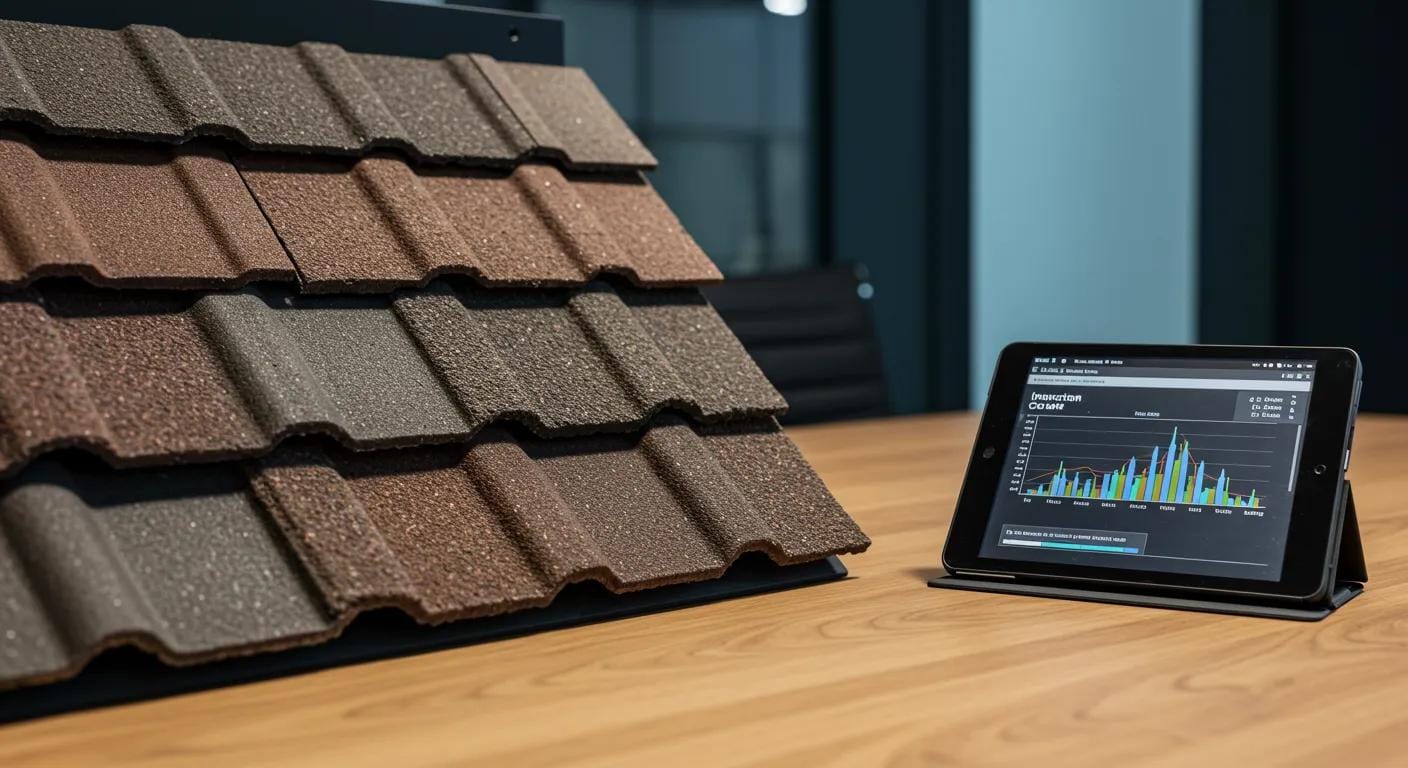
The type of roofing material used has a major influence on inspection costs due to differences in durability, ease of maintenance, and installation complexity.
Asphalt shingle roofs are common and typically cost between $150 and $300 to inspect. Their standardized construction allows for efficient visual evaluations. Regular annual inspections can help monitor wear and catch issues early.
Metal roof inspections generally cost between $250 and $450 due to the need for specialized diagnostics to detect corrosion and rust. These roofs often require more complex evaluations and safety equipment, which increases the cost. Homeowners are advised to inspect metal roofs biannually for early issue detection.
Tile roofs, made of clay or concrete, usually cost between $250 and $400 to inspect. Their heavy and fragile nature requires careful examination of each tile and the underlayment. Periodic professional inspections help prevent minor tile damage from escalating into major structural issues.
Different roofing materials have varying lifespans and maintenance requirements: – Asphalt shingles: 20–30 years with annual cleaning. – Metal roofs: Over 50 years with biannual checks for corrosion. – Tile roofs: 50+ years with regular monitoring for cracked tiles. Below is a summary table:
Understanding these differences helps in forecasting long-term maintenance expenses and making informed material selections.
Roof inspections commonly reveal issues that, if ignored, can lead to costly repairs. Typical problems include:
Damage is identified through visual examinations and advanced diagnostics. Common signs include: – Missing, cracked, or curling shingles. – Deteriorated flashing and clogged gutters. – Interior water stains, mold, or damp insulation. Early detection through thermal imaging can catch hidden moisture, preventing minor issues from becoming expensive repairs.
Roof leaks can result from weather extremes, aging materials, or poor installation. Inspectors use moisture meters and thermal cameras to detect the exact location and severity of leaks, which might otherwise go unnoticed. Prompt detection is key to avoiding further damage, such as wood rot or structural deterioration.
If damage is localized—such as a small area with missing shingles—repair is usually sufficient. However, widespread deterioration, multiple leaks, or significant structural damage may necessitate a full roof replacement. The decision is based on cost-effectiveness and the remaining lifespan of the roof system.
Routine inspections act as an early-warning system. By identifying and repairing minor issues early, homeowners can prevent the occasional incurrence of large-scale repairs. Consistent maintenance helps preserve the roof’s lifespan and can even support insurance claims if needed.
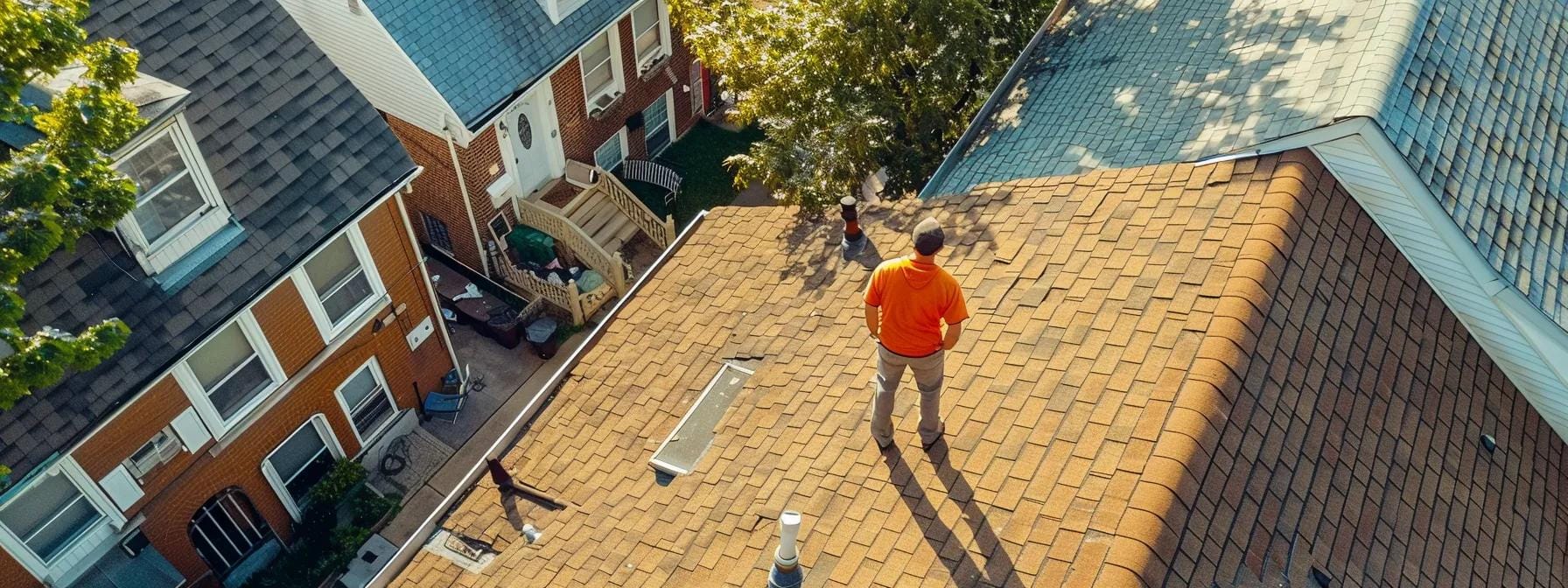
In conclusion, understanding roof inspection costs and common roof issues in Norristown empowers homeowners to make informed decisions regarding maintenance and repairs. Regular, detailed inspections not only reduce the likelihood of extensive damage but also help in effective budgeting. By planning for both the inspection and potential repairs—and choosing qualified professionals like Keystone Roof Inspections—homeowners can protect their investment and enjoy peace of mind.
Q: How often should I schedule a roof inspection in Norristown? A: It is recommended to have your roof inspected at least once a year, preferably in the spring or fall when weather conditions are moderate. In regions with severe weather or older roofs, biannual inspections may be advisable.
Q: What factors can increase the cost of a roof inspection? A: Costs can increase due to roof accessibility, roof size, the type of roofing material, and the need for advanced diagnostic tools like thermal imaging. Hidden charges for travel or hard-to-reach areas may also add to the expense.
Q: Can a regular roof inspection help reduce long-term repair costs? A: Yes, regular inspections help catch minor issues before they become major problems that require extensive—and costly—repairs. Timely maintenance based on inspection reports can save money over the long term.
Q: What should I look for in an inspection report? A: A thorough report includes detailed evaluations of roof coverings, flashing, gutters, and structural integrity, along with photographs, diagnostic data, and clear recommendations for repairs or maintenance.
Q: How do roofing materials affect inspection costs? A: Different materials require different evaluation techniques. For example, asphalt shingles are generally less expensive to inspect than metal or tile roofs due to their standardized construction and simpler installation.
Q: Why is it important to choose a qualified roof inspector? A: A qualified inspector with proven credentials and local expertise provides an accurate and comprehensive evaluation of your roof, ensuring early detection of issues and supporting informed decisions regarding repairs or replacements.


